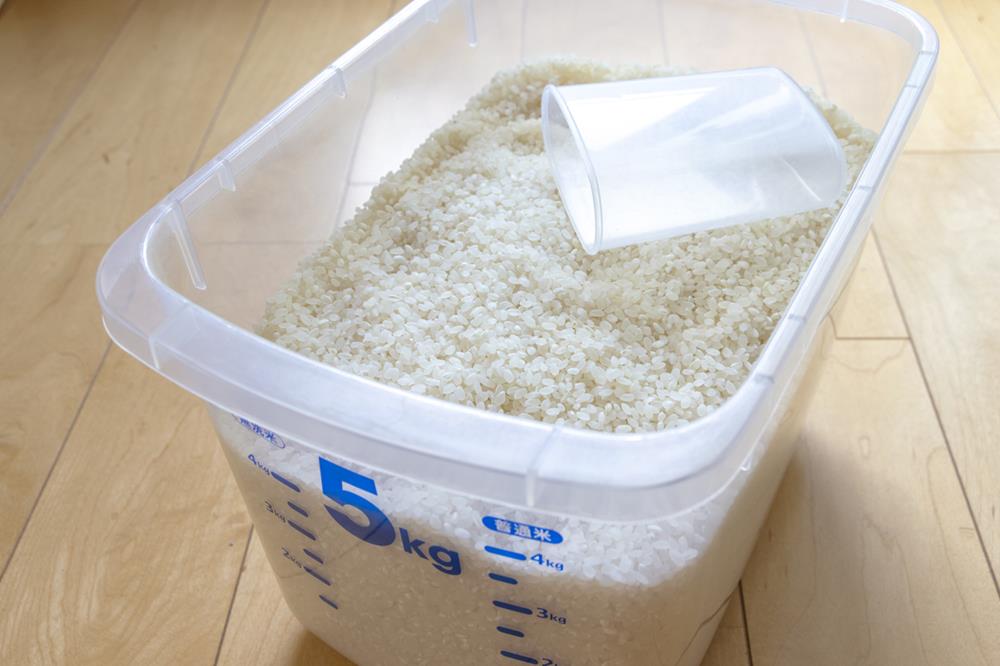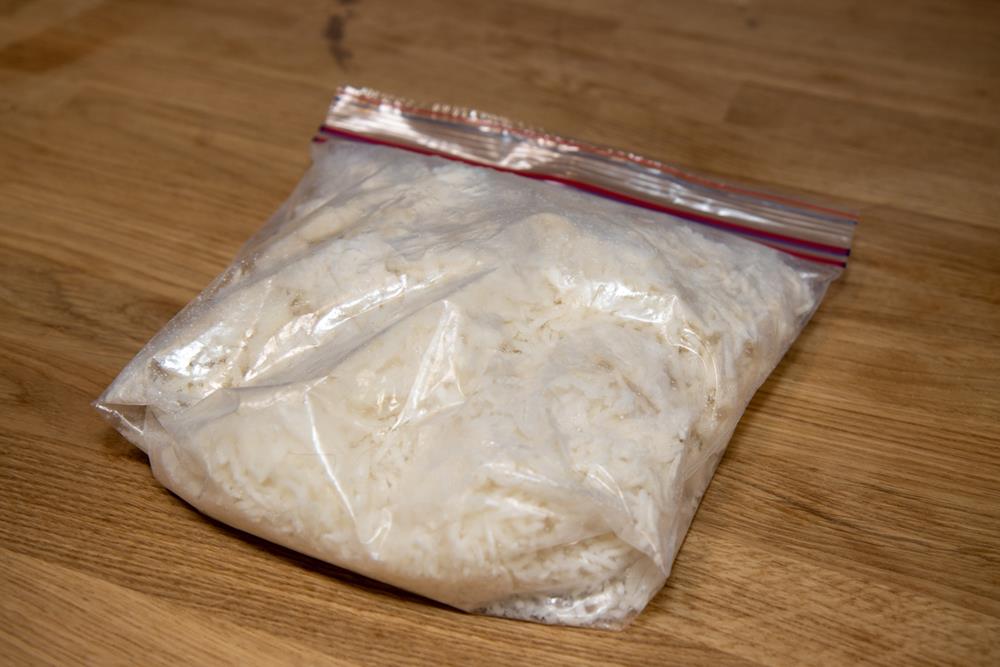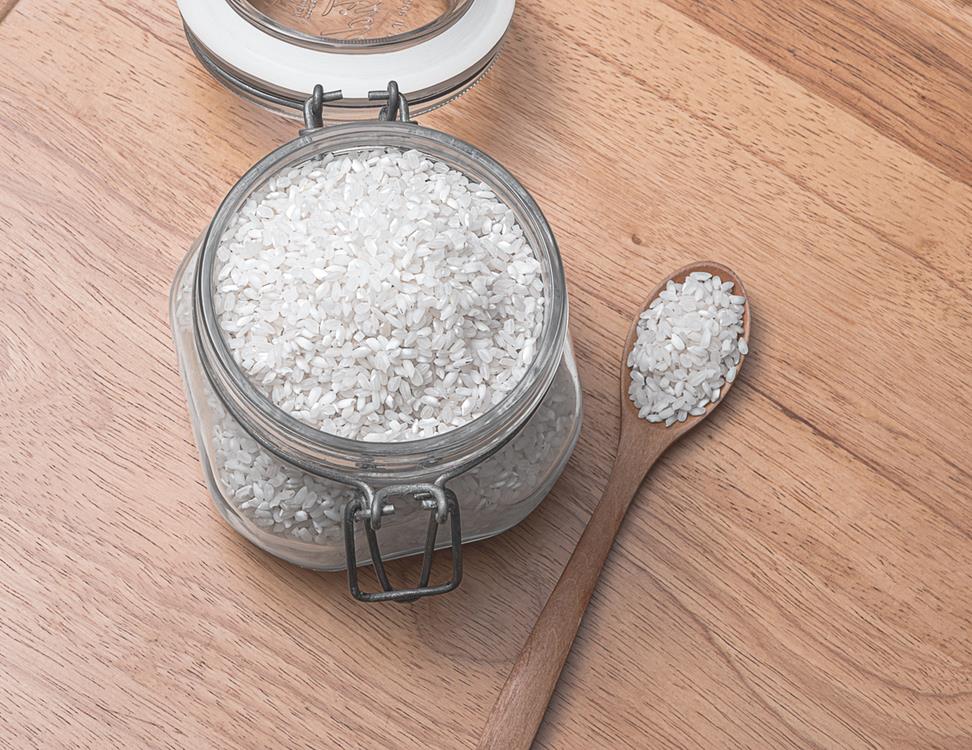How to Store Rice Long Term Without Spoilage

Rice is a staple in pantries around the world—and for good reason. It’s affordable, versatile, and has a long shelf life. But if you’re looking to store rice for years, not just months, proper storage is key to preventing spoilage, insect infestations, and loss of nutritional value.
Whether you're prepping for emergencies or just stocking up in bulk, this guide will walk you through the best methods for keeping rice fresh, safe, and ready to use for the long haul.
| Category | Tips for Long-Term Rice Storage |
|---|---|
| Selecting the Right Rice | - Choose white rice for the longest shelf life (up to 30 years). - Avoid brown rice for long-term storage due to its oil content. - Polished rice, jasmine, and basmati can be stored long-term with proper care. - Buy from reputable sources and inspect for pests or damage. |
| Ideal Storage Conditions | - Store below 40°F (5°C) or maintain a steady 70°F (21°C) for up to 10 years. - Use cool, dry, and dark storage areas. - Avoid temperature fluctuations. - Freeze rice for 3 days before storage to kill insect eggs. - Inspect periodically for spoilage or pests. |
| Best Storage Containers | - Mylar Bags: Moisture and light-resistant, ideal with oxygen absorbers. - Mason Jars: Great for small amounts, but fragile. - Food-Grade Buckets: Durable, good for bulk storage with airtight lids. - Vacuum-Sealed Bags: Good for medium-term storage when kept cool and dark. |
| Techniques to Extend Shelf Life | - Use airtight containers with oxygen absorbers. - Pre-freeze brown rice to extend shelf life to 1–2 years. - Store Mylar bags inside food-grade buckets for added protection. - Inspect stored rice regularly for spoilage or damage. |
| Monitoring and Maintenance | - Check rice every 6 months for pests, moisture, or odor. - Label containers with storage dates for easy tracking. - Use a rotation system: consume older stock first and replace with fresh rice. |
| Common Challenges and Solutions | - Pests: Use airtight containers, oxygen absorbers, bay leaves, and pre-freezing. - Moisture: Avoid humid areas; use sealed containers. - Spoilage: Especially with brown rice, watch for smell, residue, or discoloration. - Temperature: Keep conditions stable and below 70°F (21°C) if possible. |
Selecting the Right Rice for Long-Term Storage
When planning for long-term storage, selecting the right type of rice makes all the difference. White rice is the most reliable option—it can last over 30 years when stored properly in airtight, moisture-free containers. In contrast, brown rice has a much shorter shelf life—typically 3 to 6 months—due to its higher oil content, which makes it more prone to spoilage.
For those seeking a balance of nutrition and longevity, polished white rice is a smart choice. It retains flavor well and stores better than unprocessed varieties. Specialty rices like jasmine or basmati can also be stored long-term, but it’s important to follow specific guidelines to preserve their texture and aroma.
Always purchase rice from reputable suppliers and inspect it for any signs of contamination, pests, or damage. Starting with high-quality rice—and storing it correctly—ensures it stays fresh and safe for years to come.
Ideal Storage Conditions for Rice

Picking the right type of rice is only part of the process—how you store it is just as important for long-term success.
Keep it cool: For best results, store rice at below 40°F (5°C). If that’s not possible, keeping it at a steady 70°F (21°C) can still preserve it for up to 10 years.
Choose the right location: Store rice in a cool, dry, and dark place to protect it from heat, moisture, and light—all of which can lead to spoilage.
Use airtight containers: Seal rice in airtight containers to keep out air, moisture, and pests. For added protection, add oxygen absorbers to reduce oxidation and extend shelf life.
Freeze before storing: To kill any potential insect eggs, freeze rice for 3 days before placing it in long-term storage.
Avoid temperature swings: Try to keep the storage temperature consistent. Fluctuating temperatures can speed up spoilage.
Check periodically: Inspect your stored rice occasionally for signs of mold, moisture, or pests to ensure it stays safe and ready to use.
By following these steps, you can keep rice fresh and edible for many years.
Choosing the Best Storage Containers

Keeping rice fresh and safe over the long term starts with the right storage containers. The container you choose plays a big role in protecting against moisture, pests, and air exposure.
Mylar Bags
These are one of the best options for long-term storage. Mylar bags are moisture- and light-resistant, and when paired with oxygen absorbers, they can keep rice fresh for up to 30 years.Mason Jars
Airtight and reusable, mason jars work well for smaller quantities of rice. When used with oxygen absorbers, they help extend shelf life, though they are fragile and best kept in a secure place.Food-Grade Buckets
Perfect for storing rice in bulk, these durable containers with airtight lids protect against pests, light, and moisture. They're especially useful when lined with Mylar bags inside.Vacuum-Sealed Bags
These bags remove air effectively and help extend shelf life, though they’re better suited for short- to medium-term storage unless stored in a cool, dark place.
Each option has its strengths, so choose based on how much rice you’re storing, how long you plan to keep it, and where it will be stored. The right container ensures your rice stays fresh, safe, and ready when you need it.
Additionally, during power outages, refrigerator/freezer doors should remain closed to maintain cold temperatures and prevent spoilage of perishable goods.
Techniques for Extending Rice Shelf Life

If you want your rice to last for years—if not decades—using the right storage techniques is essential. Here are some of the most effective ways to extend rice shelf life:
Use Airtight Containers with Oxygen Absorbers
Store white rice in airtight containers and include oxygen absorbers to remove moisture and air. When kept in a cool, dark place (preferably below 40°F), this method can preserve rice for up to 30 years.Pre-Freeze Brown Rice
Brown rice has a shorter shelf life due to its natural oils. To extend it, freeze for three days before storage to kill off potential insect eggs, then transfer to airtight containers. This can help brown rice last 1 to 2 years.Seal in Mylar Bags
Mylar bags are excellent for blocking light, air, and moisture. When sealed properly with oxygen absorbers, they can keep rice fresh for decades.Store in Food-Grade Buckets
For bulk storage, place sealed Mylar bags inside food-grade buckets with airtight lids. This double-layer method protects against pests and physical damage.Regularly Inspect Stored Rice
Check your stored rice every few months for signs of spoilage, pests, or moisture. Early detection helps prevent full-batch losses.
By combining these methods, you can significantly extend the shelf life of your rice and ensure it's ready whenever you need it.
Monitoring and Maintaining Rice Freshness
How can you guarantee your rice remains fresh over the long haul? Start by monitoring your stored rice regularly, at least every six months, to catch any signs of spoilage, moisture, or pest infestation.
Properly store your rice in airtight containers with oxygen absorbers to minimize exposure to air and prevent oxidation. Always keep your rice in a cool and dry location, ideally below 40°F, to maintain its freshness and extend its shelf life.
Don’t forget to label your containers with the storage date; this helps track freshness and guarantees timely consumption. Implement a rotation system by using older rice initially and replenishing with newer supplies. This way, you’ll guarantee a fresh stockpile ready for use.
Addressing Common Rice Storage Challenges

Storing rice long term isn’t just about keeping it dry—it’s about preventing spoilage, pests, and nutrient loss. Here’s how to tackle the most common storage challenges:
Preventing Pests
Use airtight containers with oxygen absorbers to keep bugs out and slow spoilage. For extra protection, freeze rice for three days before storage to kill any insect eggs. You can also add natural repellents like bay leaves to your containers—they help deter pests without chemicals.Controlling Moisture
Mylar bags and food-grade buckets with tight lids are excellent at sealing out moisture. Always store rice in a cool, dry place, and avoid humidity-prone areas like garages or basements unless climate-controlled.Avoiding Spoilage
Especially with brown rice, regularly inspect for signs of spoilage such as rancid smells, oily residue, or discoloration. Brown rice has natural oils that go bad more quickly, so proper handling is critical.Maintaining Storage Conditions
Keep temperatures stable, ideally below 70°F (21°C). Temperature swings can lead to condensation inside containers, increasing the risk of mold or spoilage.
By addressing these common issues with simple, proactive steps, you can make sure your rice stays fresh, safe, and ready for use long into the future.




